Bolting 101: How to Stop Your Plants from Going to Seed
Bolting is a common issue that many gardeners face when growing plants. It occurs when a plant prematurely produces flowers and seeds instead of continuing to grow leaves and stems. Bolting is a natural process for some plants. However, it can be frustrating for gardeners who want to prolong the growth of their crops. In this blog post, we’ll provide you with useful tips and tricks on how to prevent your plants from bolting. No matter your level, this guide will give you the knowledge you need to tackle this common problem.
To avoid bolting, give your plants/crops the best growing conditions you can. Or take a shortcut and buy bolt resistant seed varieties, like those from the Thompson & Morgan Seed range.
Bolting is a natural process. It happens when a plant shifts its energy from vegetative growth to reproductive growth. Vegetative growth is defined as producing leaves, stems, and roots and reproductive growth is defined as producing flowers and seeds. It’s triggered by a combination of environmental factors, including temperature, light, and moisture.
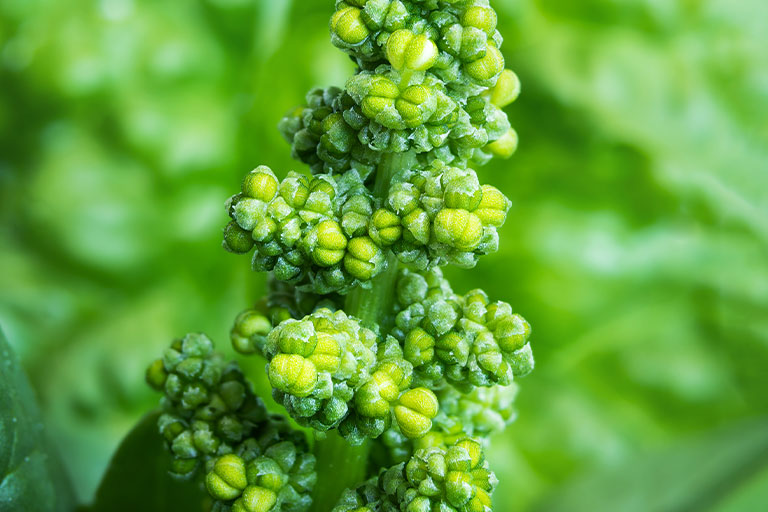
Popular garden crops that are more prone to bolting include:
Plants that have a tendency to bolt in response to stress include:
What Causes Bolting?
Temperature is one of the most significant factors. Hot temperatures, especially during the day, can signal to plants that it’s time to produce seeds. Similarly, exposure to prolonged periods of sunlight or light during the night can also trigger the process. Conversely, plants that receive insufficient light may also bolt as they try to produce seeds before they die.
In addition to temperature and light, moisture can also play a role. Plants that are water stressed, due to lack of water or nutrients, may bolt. This response is an attempt to produce seeds before they die.
Understanding what causes bolting is key to preventing it from happening. By manipulating growing conditions, you can help your plants focus on vegetative growth for longer. Delaying the onset of flower and seed production works to increase your yield.
Signs of Bolting
Now we know what bolting is and what causes it. Let’s take a closer look at how to identify the signs. This is important, the earlier you catch the signs, the easier it is to take action. Prevention is always better than cure.
One of the most obvious signs of bolting is the appearance of flowers on your plants. If a plant bolts, the early signs are flower buds showing on your leafy greens, herbs, or other plants.
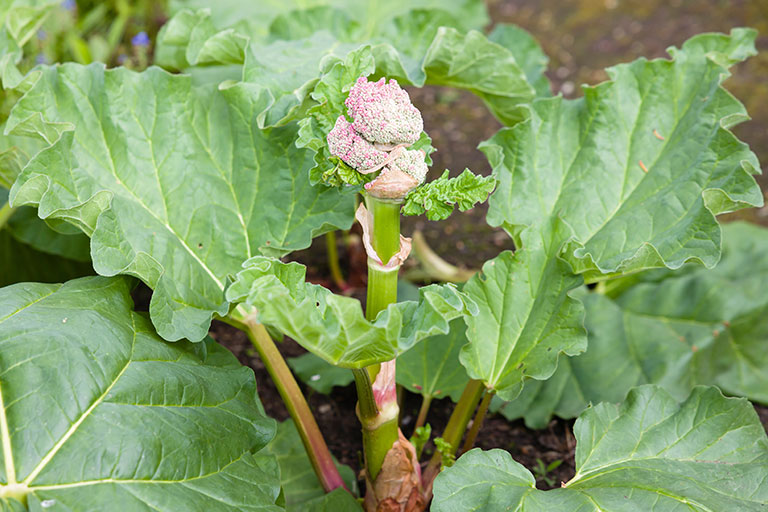
In some cases, bolting can also cause the plant to elongate and become spindly (stretching). This is the plant focusing its energy on producing flower stalks, instead of continuing to grow leaves and stems.
It’s important to keep in mind that not all plants bolt in the same way. Some plants, like onions and garlic, will produce a singe flower stalk that emerges from the centre of the plant. Others, like lettuce and spinach, will produce a flowering stem. This also grows out of the centre of the plant.
By learning to identify the early signs of bolting, you can take action to prevent it from progressing further. In the next section, we’ll explore some strategies for preventing bolting in your plants.
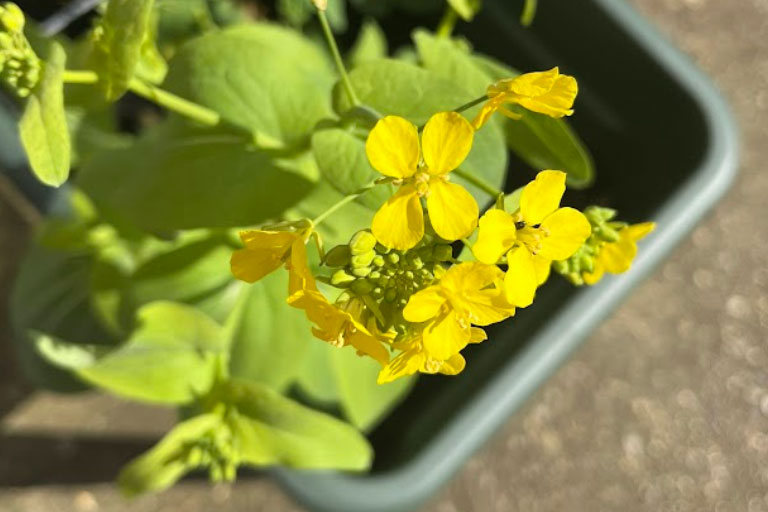
Preventing Bolting
Now that we know what causes plants to bolt, and how to identify it. Let’s take a look at strategies to prevent it:
- Choose the right variety:
- One of the easiest ways to prevent bolting is to choose plant varieties that are less prone to bolting. Look for varieties, like “Boltardy Beetroot“. Bolt resistant varieties are specifically bred for their heat tolerance. This makes them less likely to bolt in response to warm temperatures.
- Provide the right growing conditions:
- Bolting can be triggered by a variety of environmental factors, including temperature, light, and moisture. By manipulating these factors, you can help your plants focus on vegetative growth for as long as possible. For example, using netting to provide shade during the hottest part of the day. Or use agricultural fleece row covers to protect plants from direct sunlight. Helping to keep daytime temperatures down will delay bolting.
- Water consistently:
- Consistent moisture is important for preventing bolting. Make sure your plants are getting enough water, but be careful not to overwater. Flooded roots in sodden soil will also stress the plants.
- Harvest regularly:
- Regular harvesting can help prevent bolting by encouraging the plant to focus on producing leaves instead of flowers and seeds. Harvest your plants before they start to bolt. Don’t let them sit too long without being harvested.
- Pinch off flower buds:
- If you notice flower buds starting to form, pinch them off as soon as possible. This will help prevent the plant from shifting its energy to producing flowers and seeds.
Garden tip: Prevent bolting by growing plants in grow bags or pots using an automatic watering system. Use a system like the Hozelock grow bag waterer. Or choose the AutoPot tray2grow system to keep your plants fed and watered with minimal fuss.
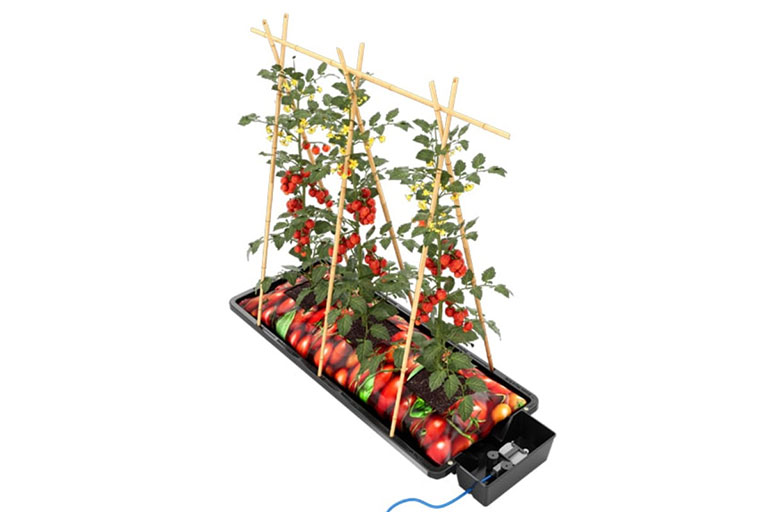
By using these strategies, you can help prevent bolting and prolong the growing season of your plants. With a bit of effort and attention, you can enjoy a bountiful harvest of healthy and delicious produce.
Dealing with Bolting Plants
Despite our best efforts to prevent bolting, sometimes it still happens. If you find yourself with a plant that has already bolted, don’t despair. There are still some things you can do to salvage the situation.
- Harvest what you can:
- If your plant has already bolted, it’s important to harvest what you can before the seeds mature. Leaves and stems from a bolting plant become less tender and flavourful. However, they can still be used in a variety of dishes.
- Remove the flower stalk:
- Once your plant has bolted, it’s important to remove the flower stalk as soon as possible. This will help prevent the plant from producing more seeds and may encourage it to continue producing leaves.
- Consider replanting:
- If your plant has bolted early in the season, you may want to consider replanting. Choose a variety that is less prone to bolting. Make adjustments to your growing conditions to enjoy a longer growing season.
- Save the seeds:
- If all else fails, you can still salvage the situation by saving the seeds from your bolting plant. Use the seeds to grow new plants. They may even be more heat-tolerant than the original plant.
Dealing with bolting plants can be frustrating. However, it’s important to remember that it’s a natural part of the plant’s life cycle. By understanding the causes and taking steps to prevent bolting, you can enjoy a longer growing season. And, you’ll increase your harvest of delicious produce.
Conclusion
Understanding bolting and how to prevent it is essential for any gardener or plant enthusiast. It helps you to enjoy a longer growing season and increased harvest. To avoid bolting, choose the right varieties, provide optimal growing conditions, and take steps to prevent bolting. Follow these simple steps, to help your plants focus on vegetative growth. Give them the best you can to help them delay the onset of flowering and seed production.
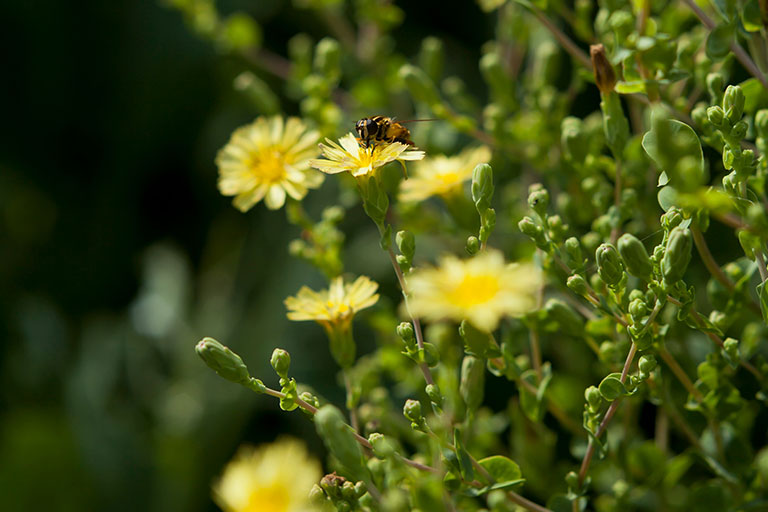
However, if bolting does occur, there are still ways to salvage the situation. Do what you can to can to make the most of a bolting plant, including:
- Harvesting what you can from affected plants
- Removing the flower stalk
- Consider replanting or saving seeds
Remember, gardening is a learning process. Every season provides new opportunities for growth and experimentation. With these tips and a bit of trial and error, you’ll be handling bolting plants like a pro. Happy gardening!




